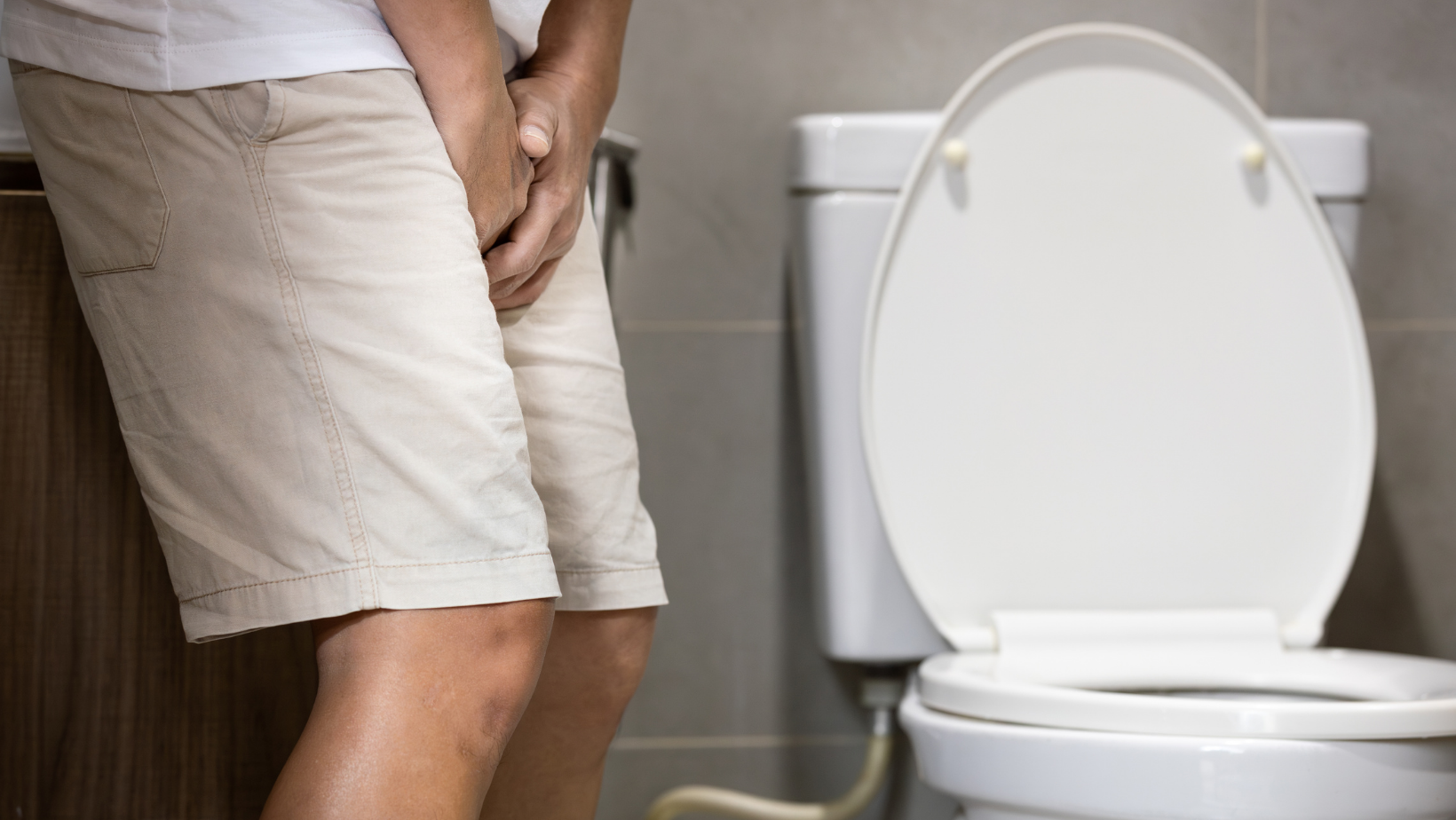Category
An overactive bladder can significantly impact an individual's quality of life, leading to frequent and urgent urges to urinate.

Have any questions?
If you have any questions, feel free to contact us at [email protected]. A member of our support team will help you shortly.
Share this blog
Fatigue
Energy
Stress
Sleep
An overactive bladder can significantly impact an individual's quality of life, leading to frequent and urgent urges to urinate. This common condition, often associated with aging, can affect people of all ages and genders. In this article, we will explore the causes, symptoms, and effective management strategies for individuals dealing with an overactive bladder.
Overactive bladder often results from weakening or damage to the bladder muscles. Conditions such as aging, childbirth, or surgery can contribute to muscle changes that affect bladder function.
Certain neurological conditions, including multiple sclerosis, Parkinson's disease, or stroke, can disrupt the signals between the brain and the bladder, leading to overactivity.
Infections in the urinary tract can irritate the bladder, causing temporary symptoms of overactivity. Treating the underlying infection usually resolves these symptoms.
Stones in the bladder can irritate and lead to symptoms of an overactive bladder. The presence of stones may require medical intervention to address the underlying issue.
Consuming large amounts of fluids, especially caffeinated or alcoholic beverages, can contribute to an overactive bladder by increasing urine production and irritating the bladder lining.
Certain medications, such as diuretics or medications for hypertension, may contribute to increased urine production and potentially result in overactive bladder symptoms.
Conditions that obstruct the normal flow of urine, such as an enlarged prostate in males or tumors, can lead to an overactive bladder as the bladder works harder to expel urine.
Individuals with an overactive bladder may experience a sudden and intense urge to urinate, often resulting in involuntary urine leakage before reaching the restroom.
Frequent urination, defined as needing to urinate more than eight times a day, is a common symptom of an overactive bladder.
Nocturia refers to the need to wake up at night to urinate. People with an overactive bladder may experience this symptom, disrupting their sleep patterns.
Urgency is the solid and compelling need to urinate immediately. This feeling can occur suddenly, even if the bladder is not complete.
Accidental leakage of urine, known as urge incontinence, is a hallmark symptom of an overactive bladder. It can happen during activities such as laughing, sneezing, or exercising.
Behavioral therapies are often the first line of defense against overactive bladder symptoms. These may include bladder training, scheduled voiding, and fluid management strategies to regulate the timing and frequency of urination.
Strengthening the pelvic floor muscles through exercises like Kegels can improve bladder control and reduce symptoms of urgency and incontinence.
Adopting healthy lifestyle habits, such as maintaining a healthy weight, avoiding excessive fluid intake, and limiting the consumption of bladder irritants like caffeine and alcohol, can positively impact overactive bladder symptoms.
Bladder retraining involves gradually increasing the time between urinations, helping the bladder adapt to a more regular voiding schedule, and reducing urgency.
Various medications are available to manage overactive bladder symptoms. These may include anticholinergic drugs or beta-3 agonists, which help relax the bladder muscles and reduce urgency.
In some cases, Botox injections into the bladder muscle can help control overactive bladder symptoms by relaxing the muscles and reducing contractions.
Nerve stimulation therapies, such as sacral neuromodulation or percutaneous tibial nerve stimulation, can effectively regulate bladder function and reduce overactivity.
Specific medical devices, such as a pessary or urethral insert, can support the pelvic organs and help manage symptoms of an overactive bladder.
In severe cases where other treatments are not effective, surgical options, such as bladder augmentation or urinary diversion, may be considered. However, surgery is typically a last resort reserved for specific situations.
While some lifestyle modifications and home-based strategies can often improve symptoms of an overactive bladder, it is essential to consult a healthcare professional if:
Seeking medical attention allows for a comprehensive evaluation, proper diagnosis, and tailored treatment options to manage and alleviate overactive bladder symptoms effectively.
An overactive bladder can be challenging, impacting both physical comfort and quality of life. Understanding the potential causes and recognizing the symptoms are crucial steps toward effective management. With a combination of lifestyle modifications, behavioral therapies, and, if necessary, medical interventions, individuals with an overactive bladder can find relief and regain control over their urinary health. Seeking timely medical attention ensures a comprehensive approach to diagnosis and treatment, empowering individuals to lead more comfortable and fulfilling lives.